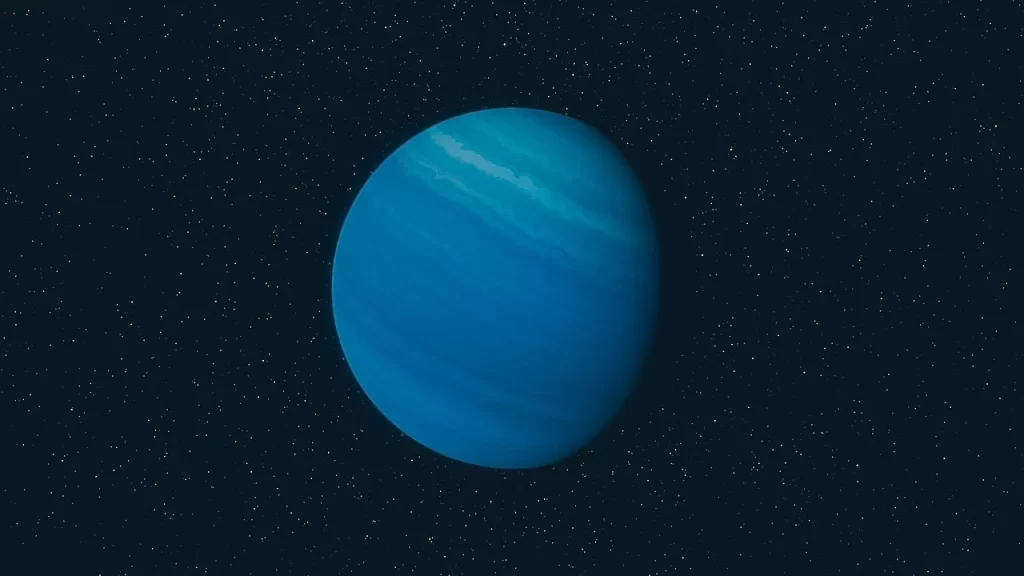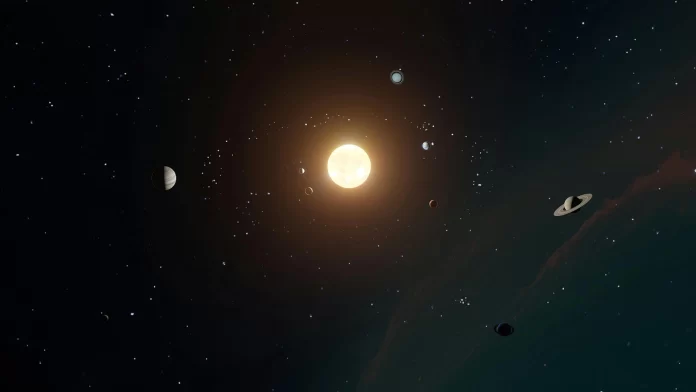The Big Bang Revelations – Scientific Research on Space Technology
Evidence supporting the Big Bang revelations theory includes the expansion of space, as observed through the redshift of light from distant galaxies and the presence of cosmic background radiation in all directions. The formation of planet Earth is believed to have occurred approximately 4.6 billion years ago from remnants of dust and gas after the Sun’s formation.
According to the theory, about 14 billion years ago, all matter and energy in the universe existed at an infinitely dense and hot point. Subsequently, a rapid expansion ensued, leading to the eventual emergence of stars, galaxies, and planets. This expansion marked the inception of time and continues to shape the universe to this day.
Theory of Expanding Universe
In 1927, astronomer Georges Lemaître proposed a ground-breaking concept that the universe originated from a single point in the distant past. He suggested that the universe expanded, stretching to its current vastness and potentially continuing to expand³. Initially dismissed by Einstein², the idea gained credibility when Hubble’s observations, supported by scientific research on space technology, confirmed the expanding nature of the universe².
Following the Big Bang revelations, the universe emerged as a hot and minuscule mix of particles, light, and energy. As the universe expanded, occupying more space, it gradually cooled down. The particles eventually assembled into atoms, which further congregated to form stars and galaxies.

Formation and Evolution of Galaxies and Stars
Approximately 400 million years following the Big Bang, the first galaxies came into existence. Over billions of years, stars, galaxies, and clusters of galaxies have undergone formation and transformation, ultimately giving rise to our celestial abode, the Milky Way, and our home within it, the solar system.
The prevailing belief regarding star formation suggests that it originated from the clustering of small structures, gradually evolving into gravitationally bound entities. Through subsequent amalgamation with similar structures, these clusters further coalesced into larger clumps. These protogalaxies eventually developed into the awe-inspiring galaxies that grace the cosmos.
Cosmic Alchemy: Element Creation through Stellar Nucleosynthesis
Stellar nucleosynthesis is the remarkable process through which elements are generated within stars. It involves the fusion of protons and neutrons from lighter nuclei, resulting in the synthesis of heavier elements. At the inception of the universe, all atoms originated as hydrogen. Within stars, the fusion of hydrogen into helium, accompanied by the release of heat and radiation, serves as a transformative force.
Stellar nucleosynthesis has been occurring since the initial formation of hydrogen, helium, and lithium during the Big Bang revelations. As a highly predictive theory, it provides accurate estimations of the observed abundances of various elements.
Cosmic Furnace: Element Creation in Dying Stars
In the final stages of their lifecycle or during explosive events, different types of stars give birth to heavier elements. The sequence of burning fuels advances as gravitational collapse and associated heating drive the successive burning of carbon, oxygen, and silicon. Notably, the nucleosynthesis of elements in the mass range A = 28-56, from silicon to nickel, occurs predominantly when the upper layers of the star collapse onto the core, generating a compressional shock wave that propels outward. This shock front induces a brief surge in temperatures, leading to intense burning for a fleeting moment.
Approximately 4.5 billion years ago, the Earth took shape through the process of accretion. As dust and gas accumulated within a rotating disk around the youthful Sun, gravity drew the swirling matter inward, culminating in the formation of our planet as the third celestial body from the Sun.
Origin of Earth’s Atmosphere, Formation of Planets, and the Process of Abiogenesis
The primordial atmosphere and the formation of the Earth’s oceans are believed to have been primarily shaped by volcanic outgassing, although the early atmosphere contained minimal oxygen². Over time, the gravitational forces acted upon dust and gas, culminating in the formation of not only the Earth but also other planets within our solar system.
Abiogenesis, the concept of life arising from non-living matter, took place over 3.5 billion years ago on Earth. This hypothesis proposes that the initial life forms were exceedingly simple, gradually progressing in complexity through an evolutionary process. According to the prevailing scientific hypothesis, the transition from non-living to living entities was not a singular event but a gradual progression involving the interplay of various factors, including the development of a habitable planet, the synthesis of organic molecules through prebiotic processes, molecular self-replication, self-assembly, autocatalysis, and the emergence of cell membranes.
From Atmosphere to Life
The formation of Earth’s primordial atmosphere and the emergence of its oceans can be attributed mainly to volcanic outgassing, with the early atmosphere being devoid of significant oxygen². Over time, the gravitational forces acted upon dust and gas, leading to the formation not only of Earth but also of other planets in our solar system.
Abiogenesis, the notion of life originating from non-living matter, took place over 3.5 billion years ago on Earth. This hypothesis suggests that the initial life forms were simple and gradually gained complexity through an evolutionary process. According to the prevailing scientific hypothesis, the transition from non-living to living entities was not a singular event but a gradual progression involving various factors such as the development of a habitable planet, the synthesis of organic molecules through prebiotic processes, molecular self-replication, self-assembly, autocatalysis, and the emergence of cell membranes.

